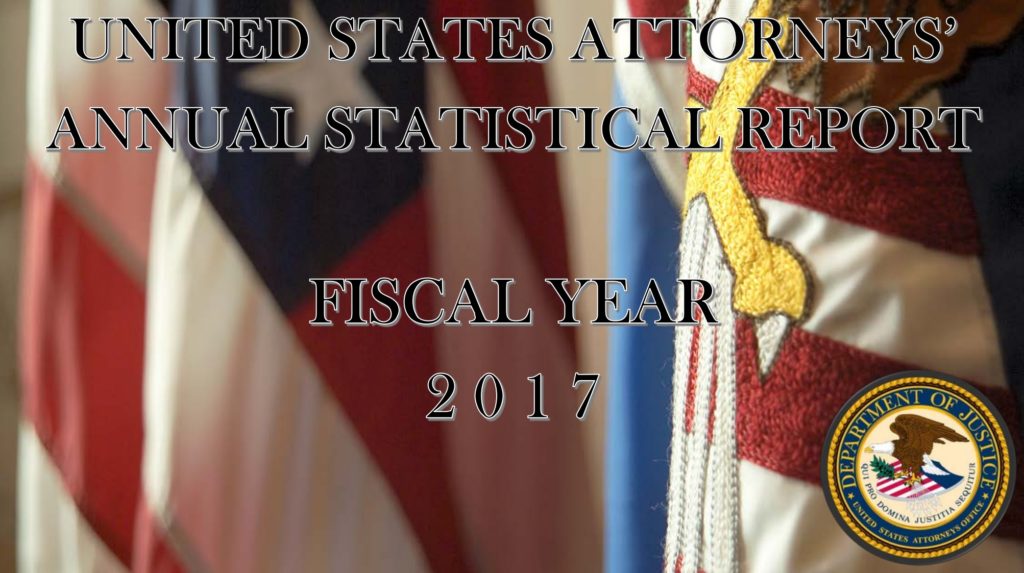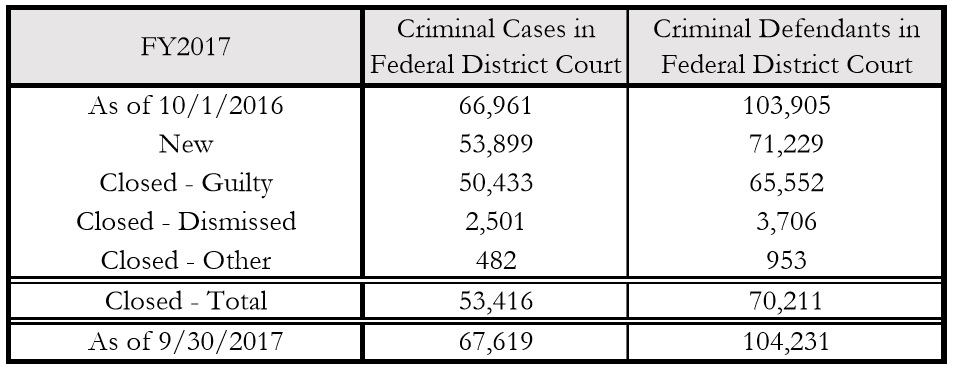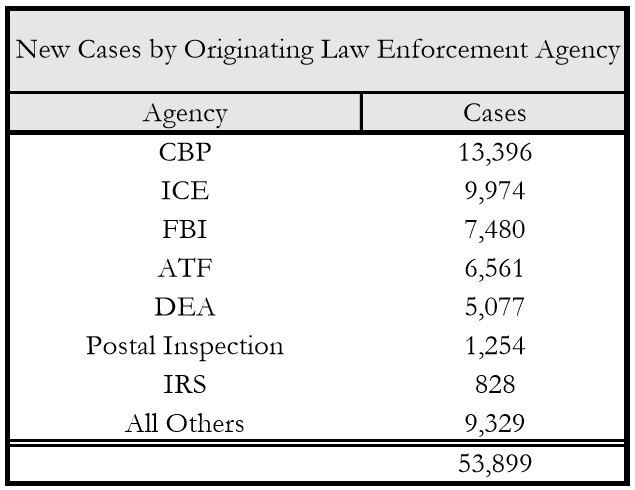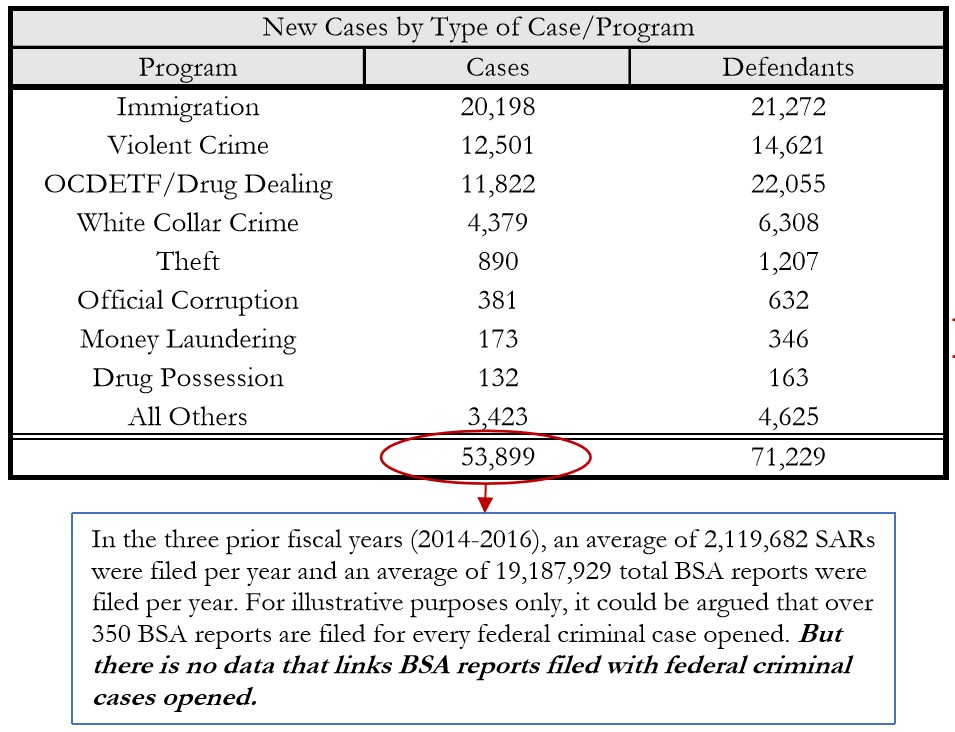54,000 Federal Criminal Cases … and 20,000,000 BSA Reports
If the question is “how many BSA reports are used in federal criminal cases?”, the answer may be “we don’t know.” But in fact, somebody knows whether and which BSA reports were used in, or led to, or somehow contributed to each and every criminal case filed in federal district courts across America. But having a way to obtain that information from the thousands of somebodies across 93 US Attorneys’ offices and dozens of federal law enforcement agencies has proven to be elusive.
If Only We Knew What We Know …
… is the title of a book written by C. Jackson Grayson and Carla O’dell (Simon and Schuster, 1998) that goes through the problems associated with the transfer of knowledge and best practices within an organization. Those problems are amplified when the transfers occur across organizations, and amplified again when the transfers occur between the public and private sectors. If only the financial services community – the producers and filers of more than 20 million BSA reports every year – knew how many, and which of those filings were of tactical or strategic value to law enforcement as they bring over 50,000 new federal criminal cases every year.
US Attorneys Annual Statistical Reports
The Department of Justice publishes annual statistical reports that provide some insight into the numbers and types of criminal and civil cases filed across the 93 US Attorneys’ offices and 94 judicial districts in the United States. They are available at DOJ Annual Statistical Reports
The most recent report covers fiscal year 2017 (October 1, 2016 through September 30, 2017). It shows that there were 53,899 new criminal cases brought in FY2017 and 53,416 were closed. Notably, about 94% of federal criminal cases end in a guilty plea or guilty finding. And what law enforcement agencies are bringing those cases? About 43% of new federal criminal cases originated with either Customs & Border Patrol or Immigration & Customs Enforcement.
And what kinds of cases are being opened? The DOJ classifies its cases under “programs”, which is the primary or leading charge if there are multiple charges in a case or against a defendant. According to the FY2017 data, the leading programs are:
A few observations on this data. First, in FY2017 the 93 US Attorney’s offices brought only 132 federal drug possession cases charging 163 defendants. A subset of those involve marijuana possession charges. Separate data from prior years suggests that almost all of these are cases along the southwest border or on military bases.
Second, and as noted in the comment box above, data from FinCEN indicates that in the three fiscal years prior to FY2017, there was an average of just over 2.1 million SARs filed per year and about 19.2 million BSA reports in total (including SARs) filed per year. With about 54,000 criminal cases, that means that there are over 350 BSA reports filed for every federal criminal case brought.
But currently there is no means to determine how many of those criminal cases involved BSA reports, or how many of those BSA reports contributed to federal criminal cases.
See my previous article “FinCEN’s FY2020 Report to Congress Reveals its Priorities and Performance: FinCEN Needs More Resources – and a TSV SAR Feedback Loop – To Really Make a Difference in the Fight Against Crime & Corruption” at TSV SAR Feedback Loop




